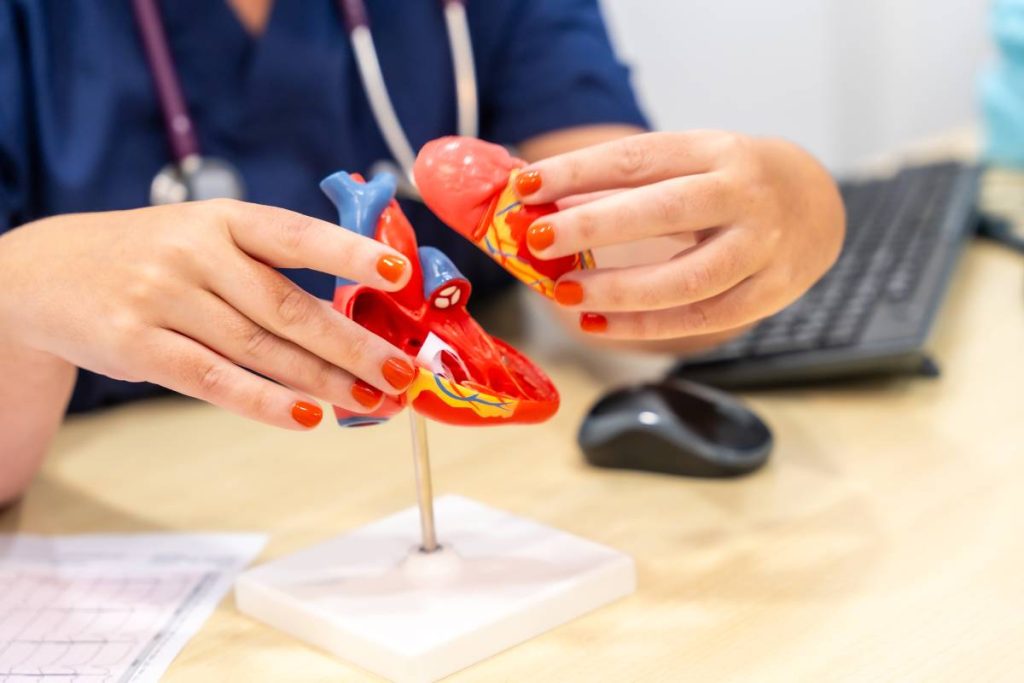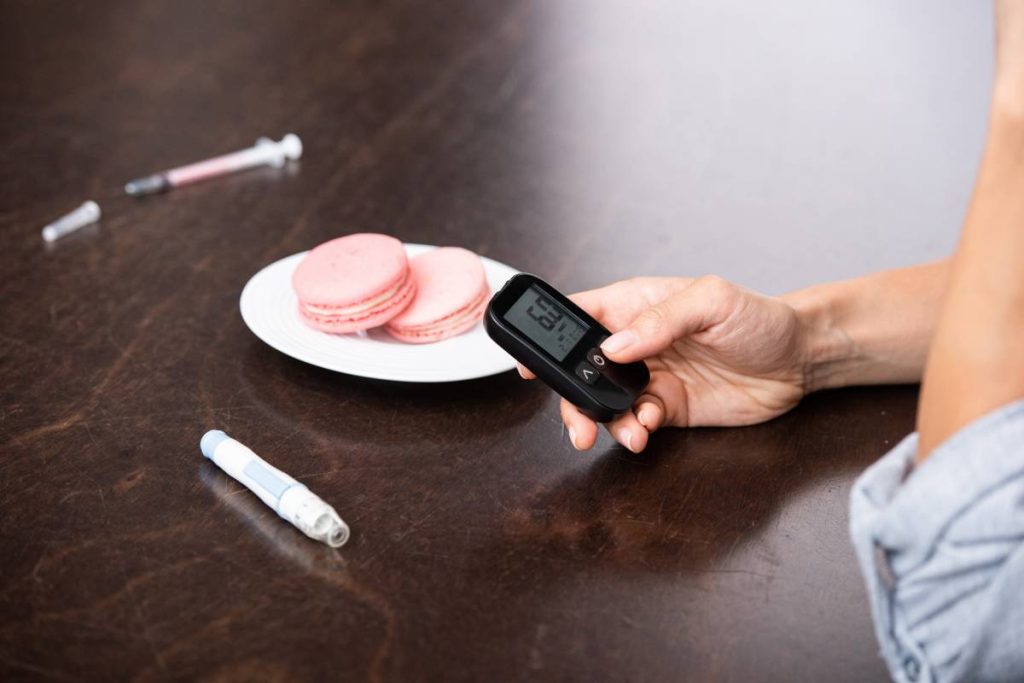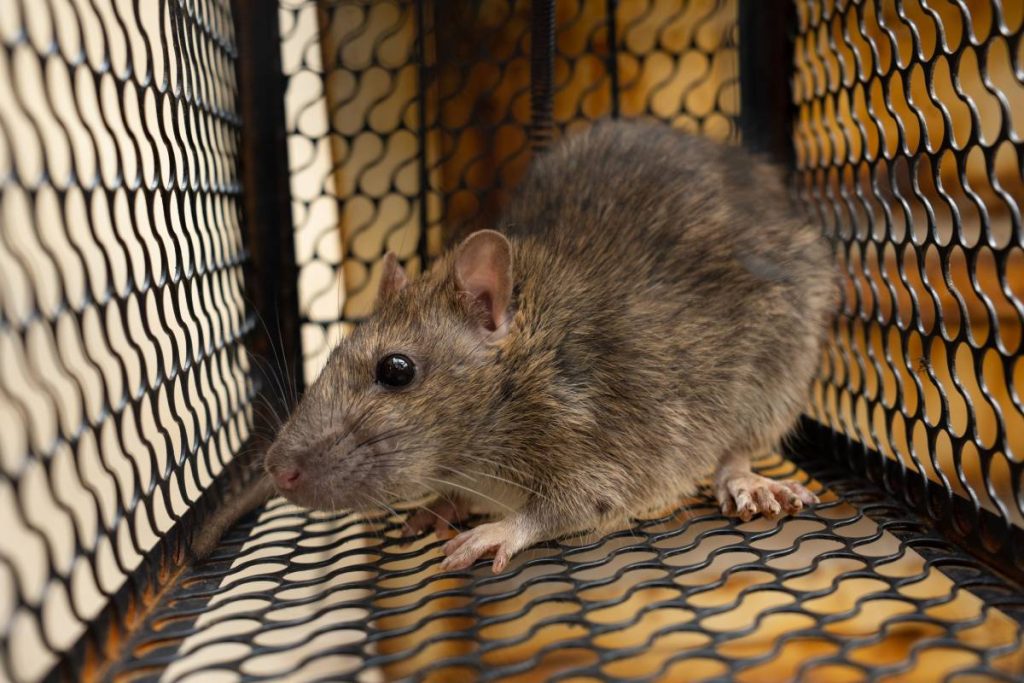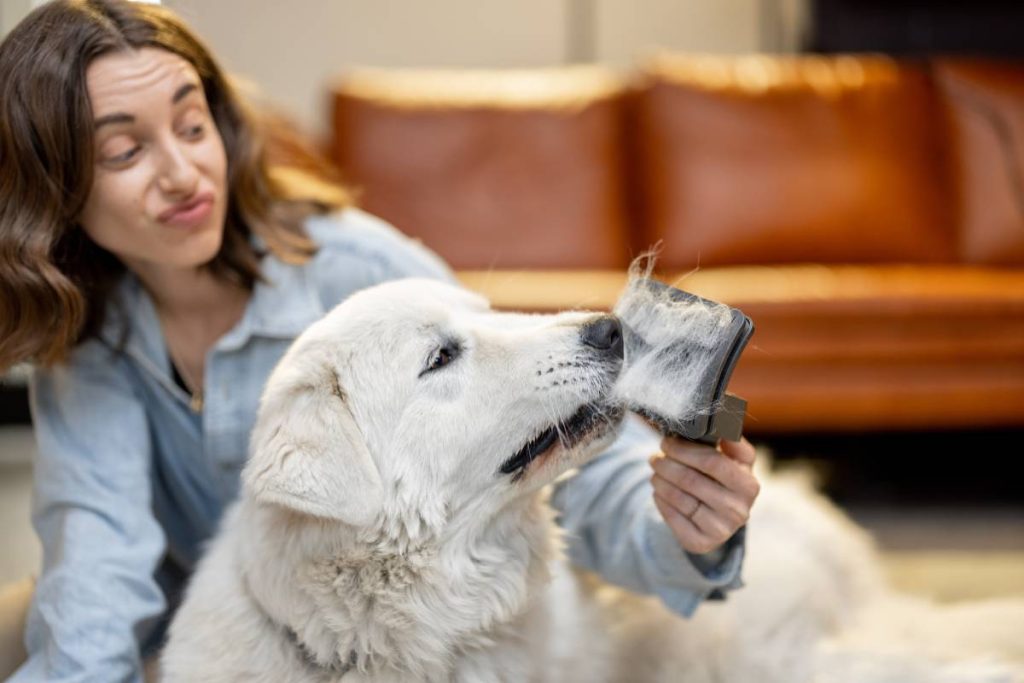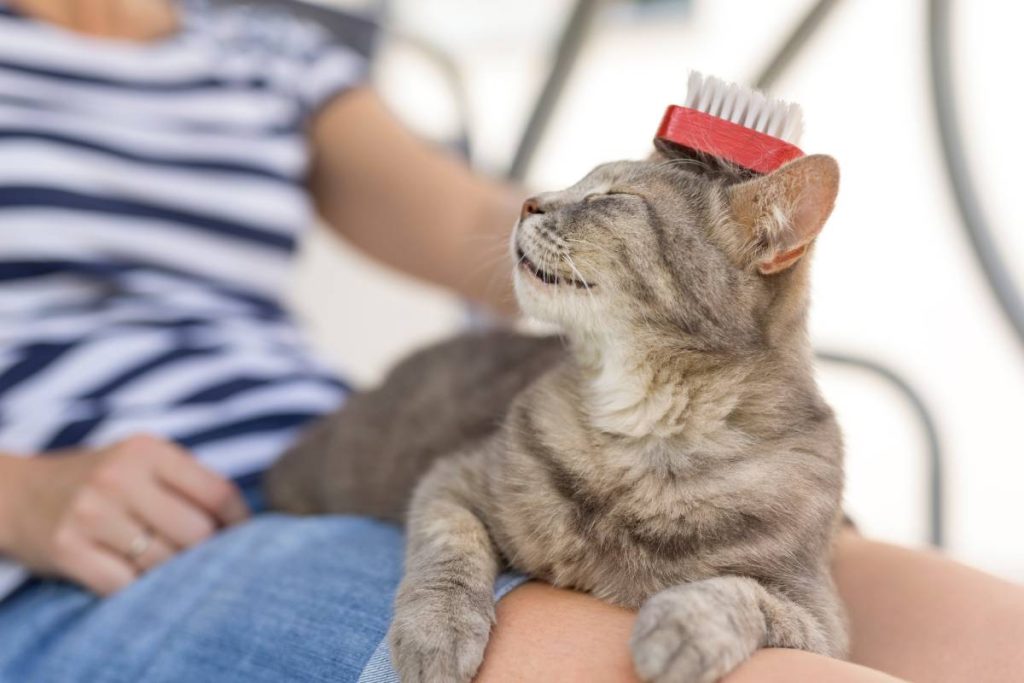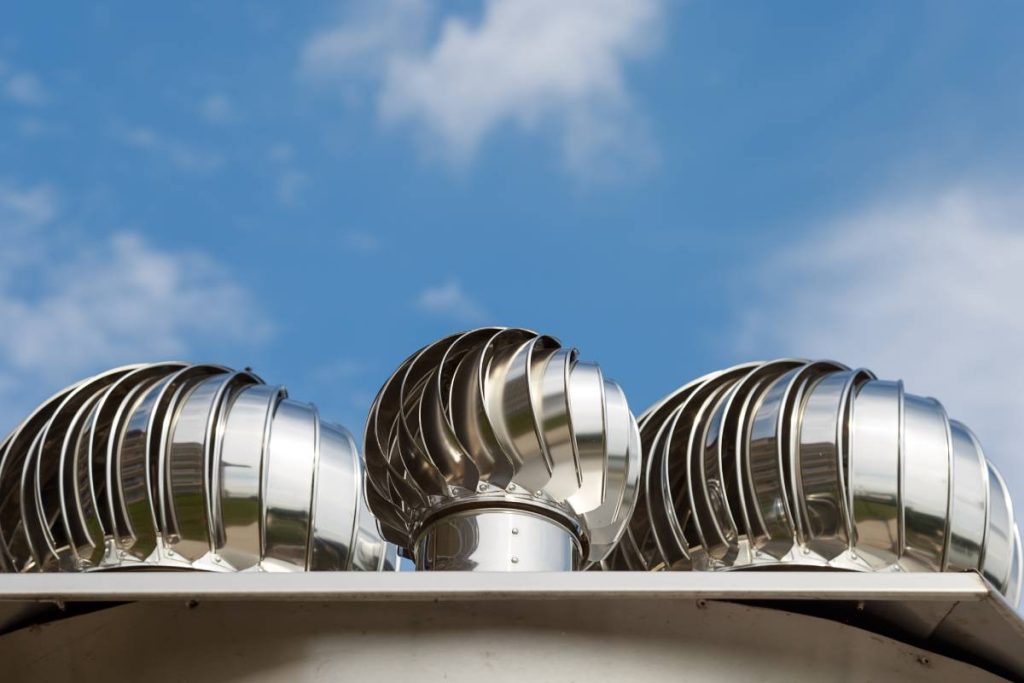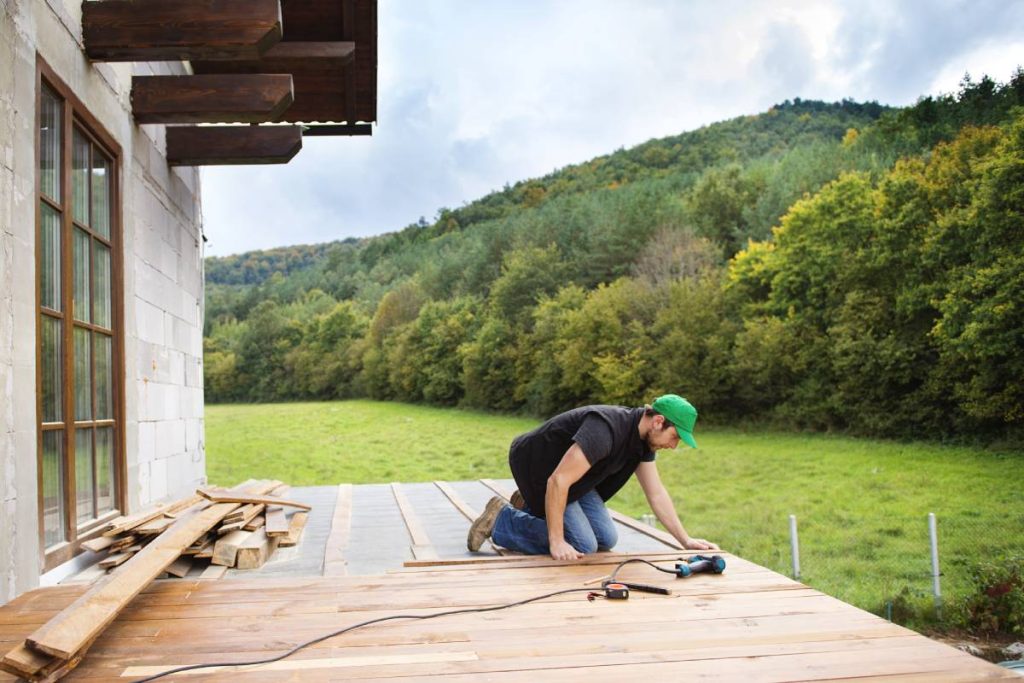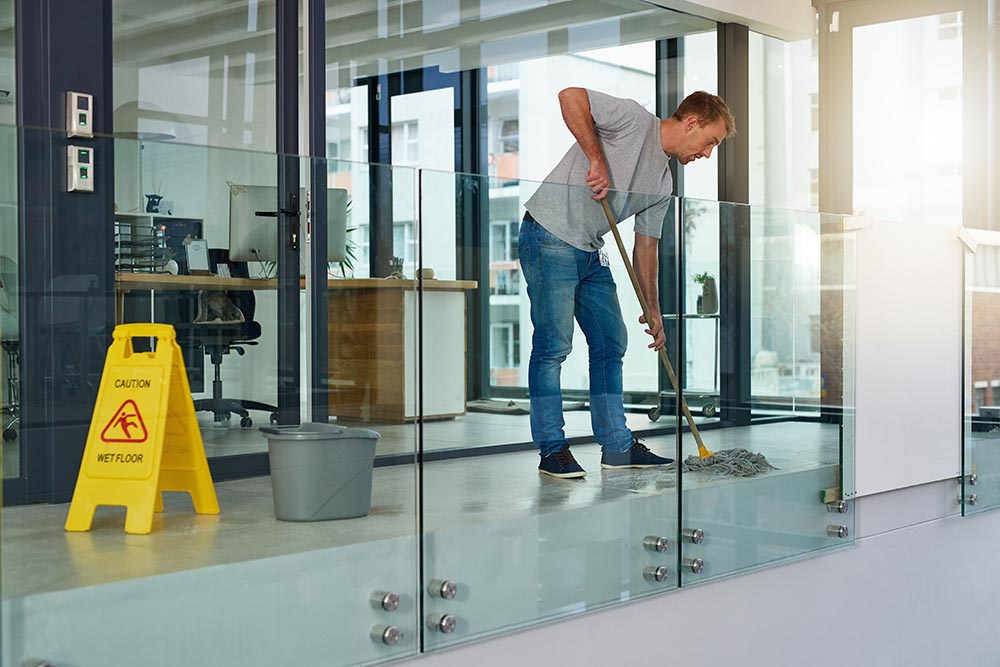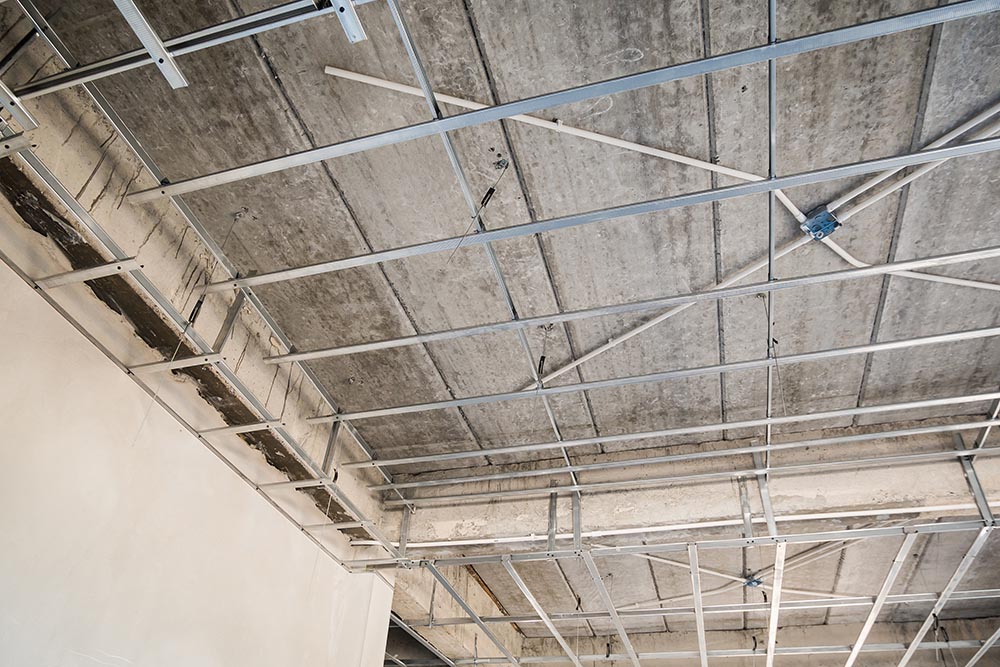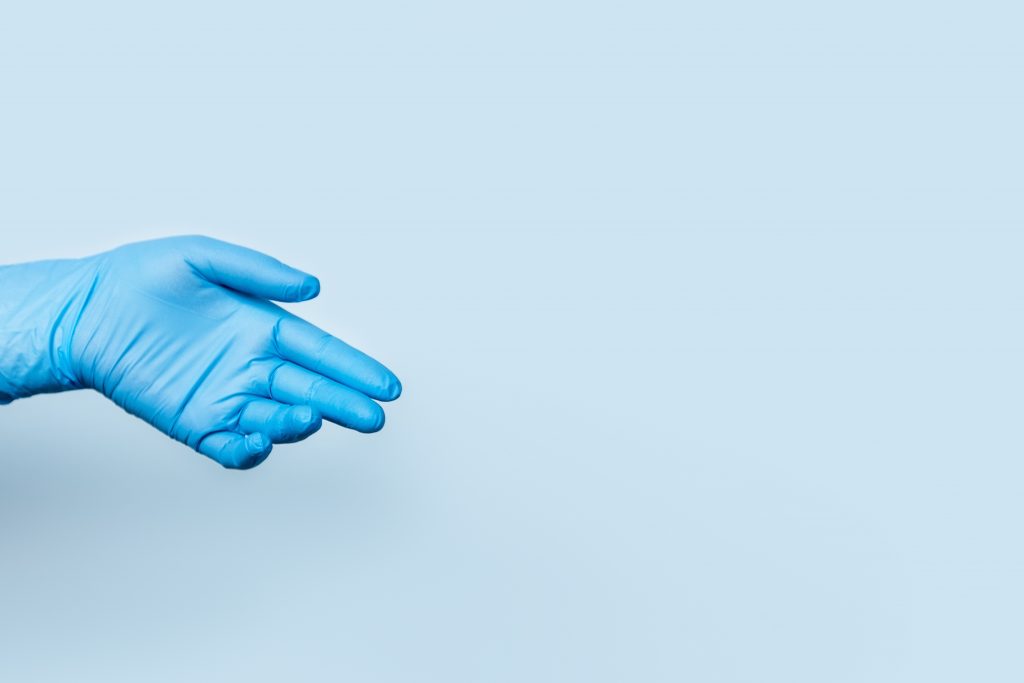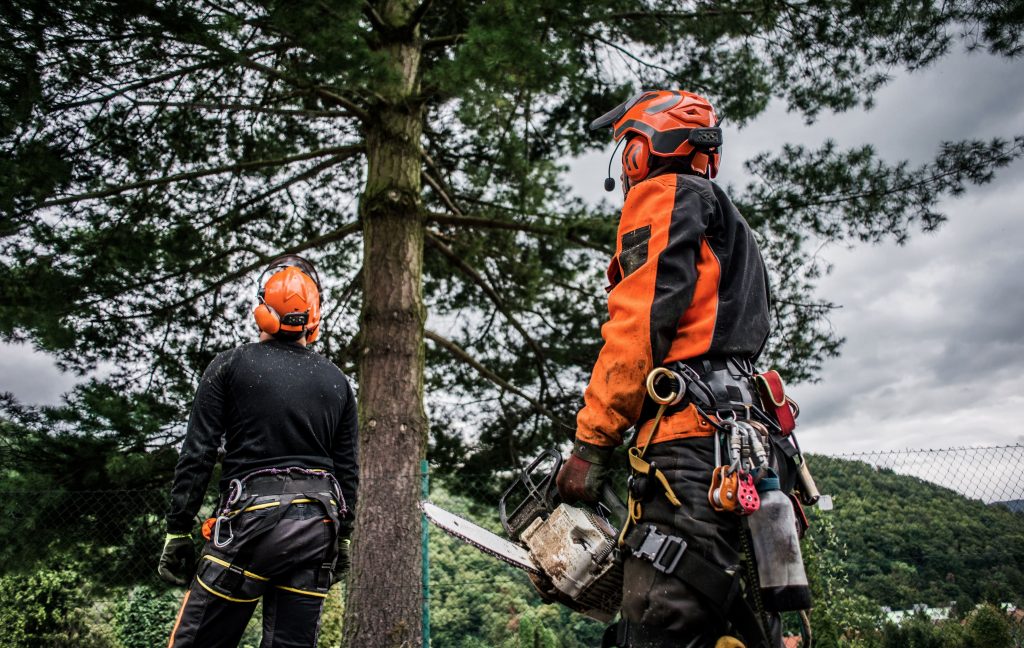How do bed bugs get into your home? How would I know I have bed bugs in my house? What should we do with bed bugs?
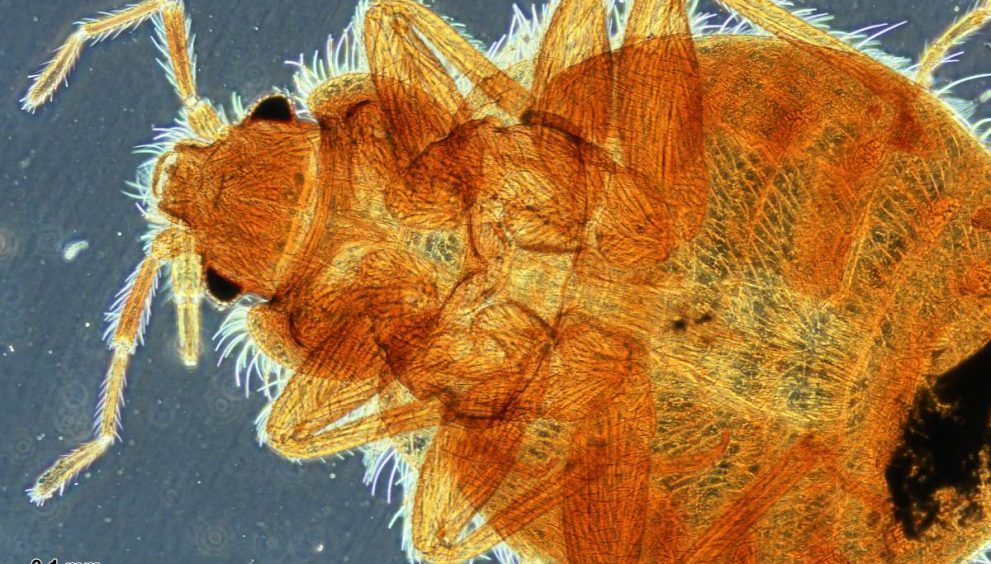
Anyone who has dealt with bed bugs knows that DIY treatments often don’t work. Most infestations need a professional pest control company.
However, you can take steps to prepare your home or business for treatment. By doing so, you help ensure that the pest control efforts are more effective and last longer.
How do bed bugs get into your home?
Bed bugs can get into your home through various means. Here are some of the most common ways they can be introduced:
- Travel: Bed bugs often hitch a ride in luggage, clothing, and other personal items when you stay in infested places like hotels, motels, or even other people’s homes.
- Used Furniture and Clothing: Purchasing second-hand furniture, mattresses, or clothing can bring bed bugs into your home. Bed bugs can hide in the seams and cracks of furniture and in folds of fabric.
- Visitors: Guests staying in your home can inadvertently bring bed bugs with them. If they have an infestation at their own place or have recently travelled, they could bring bed bugs along in their belongings.
- Shared Spaces: Living in multi-unit buildings, such as apartments or dormitories, increases the risk of bed bug transmission. Bed bugs can move between units through cracks and crevices in walls, floors, and ceilings.
- Public Places: Bed bugs can be picked up in public places where people frequently gather, such as public transportation, movie theatres, offices, and schools. They can latch onto personal items and be transported back to your home.
- Service Visits: People who come to your home for service work, such as cleaners, maintenance workers, or healthcare providers, could potentially bring bed bugs with them if they have been in infested environments.
Preventing bed bug infestations involves being vigilant about these potential entry points, regularly inspecting your living space, and taking proactive measures when returning from trips or bringing in used items.

Where do bed bugs usually live?
Bed bugs are highly adaptable and can live in a variety of environments within your home. Here are the most common places where bed bugs are found:
- Beds and Bedding:
- Mattresses: They often hide in the seams, tufts, and folds of mattresses.
- Box Springs: The crevices and cracks in box springs are common hiding spots.
- Bed Frames and Headboards: Bed bugs can reside in joints, crevices, and cracks.
- Furniture:
- Sofas and Chairs: They can live in the seams, cushions, and under the fabric.
- Dressers and Nightstands: Bed bugs can hide in the cracks and joints.
- Walls and Floors:
- Baseboards and Molding: Cracks and crevices around baseboards and molding are common hiding places.
- Wall Hangings: Behind picture frames, clocks, and other wall decorations.
- Electrical Outlets and Switch Plates: Bed bugs can live behind these, gaining access through small openings.
- Carpets and Rugs: They can live along the edges of carpets and rugs where they meet the wall.
- Clothing and Personal Items:
- Clothing: They can hide in piles of clothing or within closets and drawers.
- Bags and Luggage: Bed bugs can reside in the seams and pockets of bags and luggage.
- Other Hidden Areas:
- Books and Magazines: Inside books and stacks of paper.
- Under Loose Wallpaper: Behind peeling or loose wallpaper.
- Behind Radiators: In the gaps around radiators and heating units.
Bed bugs prefer to stay close to their food source (humans) and are typically found within a few feet of where people sleep or rest. They are nocturnal and tend to come out at night to feed, but they can adjust their activity patterns to feed during the day if necessary. Regular inspection and cleanliness can help identify and prevent infestations.
How would I know I have bed bugs in my house?
Detecting a bed bug infestation early can help prevent a larger problem. Here are some signs that may indicate the presence of bed bugs:
- Bite Marks: Bed bug bites often appear as small, red, itchy bumps on the skin. They may be in a line or cluster, and can sometimes cause allergic reactions. However, not everyone reacts to bed bug bites, so the absence of bites doesn’t rule out an infestation.
- Blood Stains: Small blood stains may appear on your sheets, pillowcases, or pajamas, caused by bed bugs being crushed after feeding.
- Fecal Spots: Bed bug excrement appears as small, dark spots or smears on bedding, mattresses, bed frames, and nearby furniture.
- Shed Skins: As bed bugs grow, they shed their exoskeletons. These discarded skins are pale yellow and can be found near their hiding spots.
- Eggs and Eggshells: Bed bug eggs are tiny (about 1mm), white, and hard to see without magnification. Eggshells are often found in the same areas as the bugs themselves.
- Musty Odor: A heavy infestation can produce a musty, sweet odor, often compared to the smell of coriander or almonds.
- Live Bugs: Adult bed bugs are about the size of an apple seed (5-7mm), reddish-brown, and visible to the naked eye. Nymphs are smaller and lighter in color, making them harder to spot.
- Dark Spots on Mattresses and Furniture: Check the seams, folds, and crevices of mattresses, box springs, and upholstered furniture. Bed bugs often hide in these areas during the day.
To confirm a bed bug infestation:
- Conduct a Thorough Inspection: Use a flashlight to inspect common hiding places, such as mattress seams, box springs, bed frames, headboards, and furniture crevices.
- Use Sticky Traps: Place bed bug traps under bed legs and other furniture to catch any moving bed bugs.
- Consult a Professional: If you suspect an infestation but are unable to find evidence, a pest control professional can conduct a thorough inspection and provide confirmation.
Early detection is crucial for effective treatment, so it’s important to act quickly if you suspect a bed bug infestation.
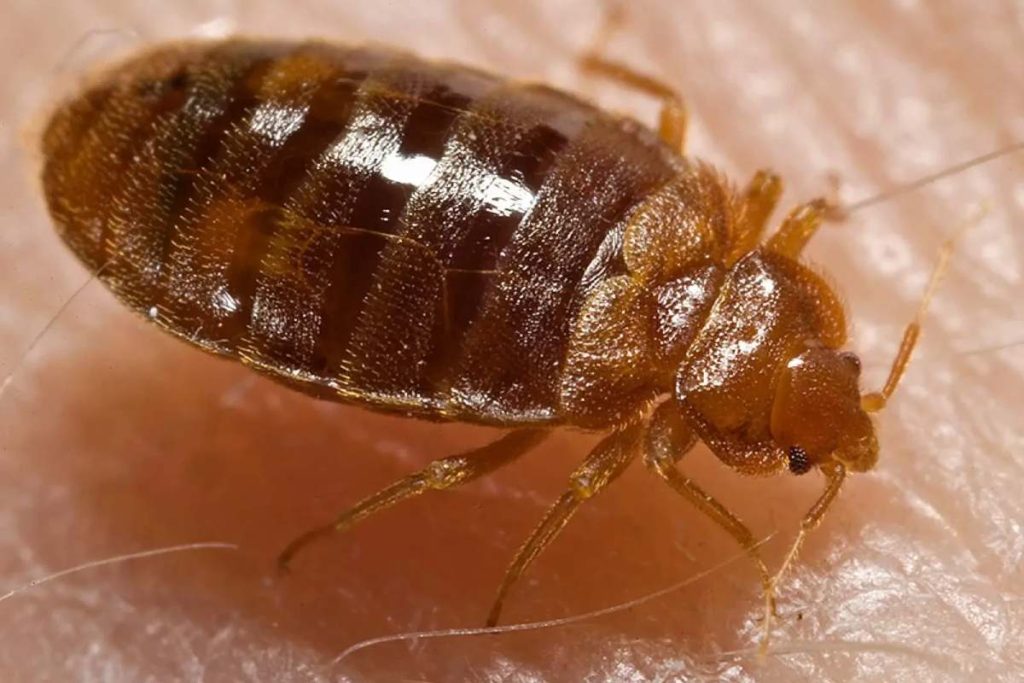
What should we do with bed bugs?
If you discover that you have bed bugs, taking swift and thorough action is crucial to effectively eliminate them. Here’s what you should do:
1. Confirm the Infestation
- Identify Bed Bugs: Ensure that the pests you’re dealing with are indeed bed bugs. Look for the common signs such as bites, blood stains, faecal spots, shed skins, and live bugs.
- Professional Confirmation: If you’re unsure, contact a pest control professional to confirm the infestation.
2. Isolate the Infested Area
- Reduce Movement: Avoid moving items from the infested area to other parts of your home to prevent spreading bed bugs.
- Encasements: Use bed bug-proof encasements for your mattress and box spring to trap bed bugs inside and prevent new ones from entering.
3. Clean and Declutter
- Wash and Heat-Dry: Launder all bedding, clothing, and fabrics from the infested area in hot water and dry them on the highest heat setting.
- Vacuum Thoroughly: Vacuum your mattress, bed frame, furniture, and surrounding areas. Dispose of the vacuum bag in a sealed plastic bag immediately.
- Steam Cleaning: Use a steam cleaner on mattresses, furniture, and other areas where bed bugs may be hiding. The high heat kills bed bugs and their eggs.
4. Use Bed Bug Treatments
- Insecticides: Apply EPA-approved bed bug insecticides to infested areas, following the product instructions carefully. Common products include sprays, dusts, and aerosols.
- Natural Remedies: Diatomaceous earth, a natural powder, can be effective in killing bed bugs by dehydrating them. Apply it to cracks, crevices, and other hiding spots.
- Professional Treatment: For severe infestations, professional pest control services can provide treatments such as heat treatment, fumigation, and more effective chemical applications.
5. Monitor and Follow-Up
- Inspect Regularly: Continuously check the infested and surrounding areas for signs of bed bugs.
- Use Traps: Place bed bug interceptors under bed legs and in other strategic locations to monitor for remaining bed bugs.
- Repeat Treatments: Bed bug infestations often require multiple treatments. Follow up regularly to ensure all bed bugs and their eggs are eradicated.
6. Prevent Reinfestation
- Protect Your Bed: Keep your bed away from walls and ensure that bedding does not touch the floor.
- Reduce Clutter: Minimize clutter to reduce hiding spots for bed bugs.
- Inspect Used Items: Carefully inspect second-hand furniture, clothing, and other items before bringing them into your home.
- Travel Precautions: When travelling, inspect hotel rooms for signs of bed bugs, keep luggage off the floor, and wash and dry clothing immediately after returning home.
Final thought: How to prepare your home for pest control service
If you think you have a bed bug problem, it’s important to get your home ready for Dawson’s Pest Control experts. Here’s what you should do:
- Remove and Treat Linens and Clothes:
- Take all bed linens, curtains, and clothing out of the infested areas.
- Bag and seal these items before removing them from the room.
- Label the bags as infested with bed bugs.
- Wash these items in the hottest water possible (over 55°C) and/or dry them in a hot air clothes dryer for at least 30 minutes.
- Empty Wardrobes and Drawers:
- Clear out all wardrobes, drawers, and cupboards.
- Treat the contents the same way as linens and clothes.
- Do not return these items to wardrobes after treatment. Keep them sealed in plastic bags away from the infested area until the bed bugs are completely gone.
- Protect Fish Tanks:
- Cover any fish tanks or, if possible, remove them from the room being treated.
- Vacate the Premises:
- Ensure all people and pets leave the premises during the treatment.

 English
English 












